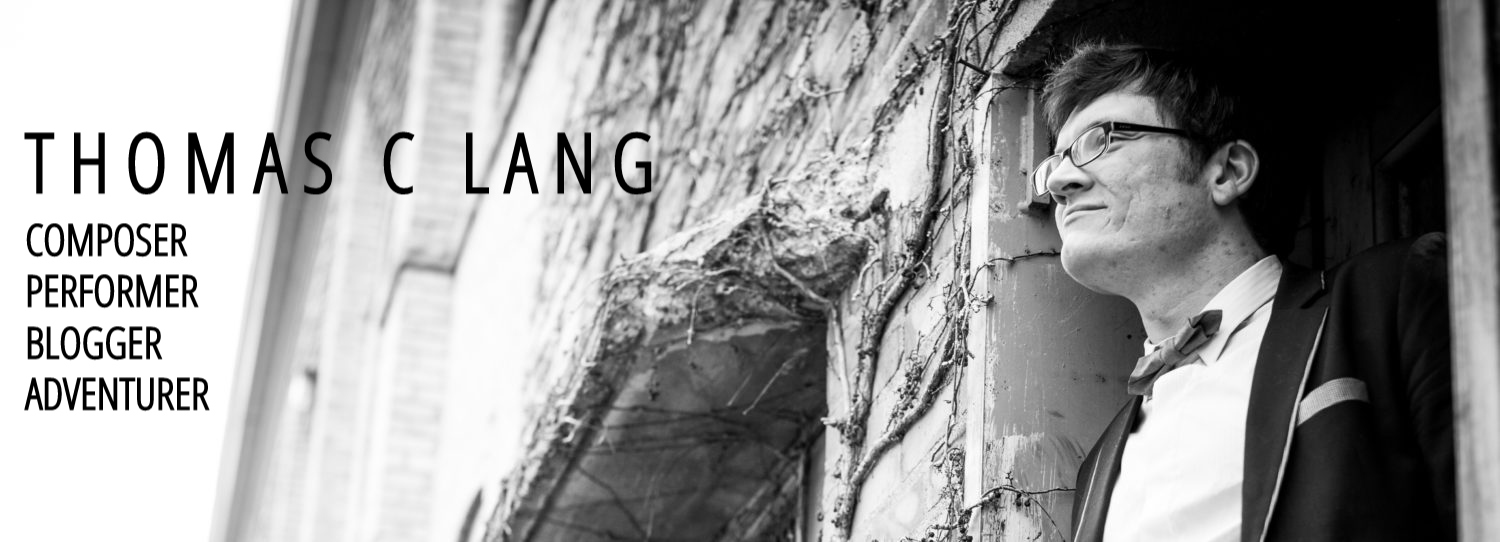After all the driving yesterday and after all the things we’ve seen these seven days in Scotland, today turned into rather a restful day. This isn’t to say we didn’t do anything, more that we just slowed down a bit today.
We didn’t get moving until somewhat late, and we decided to check out Saint Andrew’s Cathedral in Aberdeen’s city centre. We arrived five minutes to noon where we discovered that every Saturday at noon the cathedral has a free half hour recital of music. Today’s recital featured harpist Fearghal McCartan, and he played a concert featuring Gaelic folk tunes as well as tunes from Denmark, Sweden, Spain, and other countries along those lines. It was a quaint, intimate recital, McCartan is a fine harpist, an eloquent speaker as he introduced each set of pieces, and it was a wonderful way to spend a Saturday afternoon.
After the recital, we walked through the cathedral. The cathedral itself is of the Scottish Episcopal Church, and it is a relatively new structure. It opened in 1817, and its architect, Archibald Simpson, designed it in a Gothic style. During the 1930s, the existing church was enlarged by Sir Ninian Comper.
Quite surprisingly, we discovered that the ceiling of the North Aisle of the cathedral is adorned with the coat of arms of 48 of the US states (Hawaii and Alaska weren’t states yet at the time), and a US flag is also on a flag pole on the eastern end of the North Aisle. This flag was presented by General Eisenhower. The lady who greeted us at the entrance to the cathedral explained that Saint Andrew’s has a close sister relationship with the US Episcopal church. This is because in the 1920s, the Bishop of the Diocese and the Provost of the Cathedral toured the United States to raise money to build a new cathedral in thanks to the American Episcopal Church for the consecration of Dr. Samuel Seabury in 1784 as Bishop of Connecticut. Due to the stock market crash, however, they had to be content with enlarging the existing structure rather than building a brand new one.
Touring Saint Andrew’s doesn’t take very long. It’s small in size for a cathedral, but it was quite fun to find Minnesota’s coat of arms on the ceiling amongst 47 other states.
Following the cathedral, we had a lunch at a nearby pub called Old Blackfriars. Their fish and chips were delectable, the batter nice and crispy.
Then we made our way to Aberdeen Beach to see the North Sea. This beach, just north of John Codona’s Pleasure Fair (just a tiny amusement park with a Ferris wheel, pirate ship, and other small stuff), is a sandy beach, rather than the usual rocky kind you associate with beaches on this island. It provided glorious views of the North Sea as the wind whips your hair and the sea air delights your nose. Not really a beach for sunbathing or swimming, though. I mean, I suppose you could, but it would be cold and you wouldn’t catch much sun. But, that kind of weather is perfect for me!
So, all in all, a nice relaxed day. Tomorrow we’re going to pick up the pace again, as we have four stone circles picked out.
Stray Observations:
1. So, I just can’t recommend you visit Aberdeen. (Sorry, Aberdeen.) It remains a grey, grim city of grey stone buildings, very little interesting history, and not much else. And we’ve seen the most fat people (as in American style fat) in Aberdeen than we have seen everywhere else combined. (Apparently Scotland ranks second in fatness, right behind the US, of course.) Aberdeen’s just not been a very engaging place.
2. We’ve seen quite a bit of Scotland by this point, and everyone continues to be equally friendly. Certainly much more friendly than the English, I must say.
3. We visited a small cafe called Inversnecky Cafe on Aberdeen Beach that overlooked the North Sea. So many friendly people with so many friendly dogs as we enjoyed our tea!
